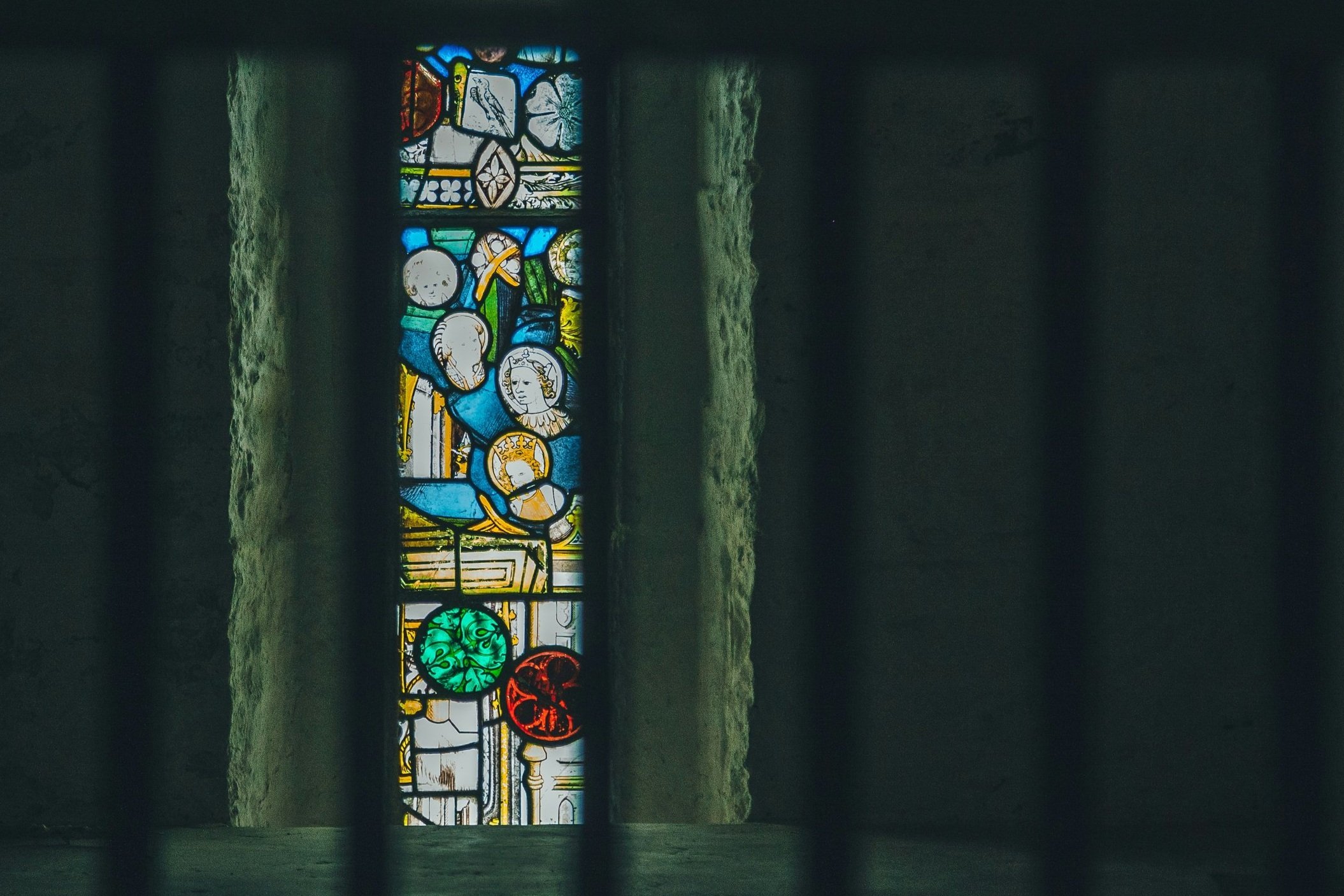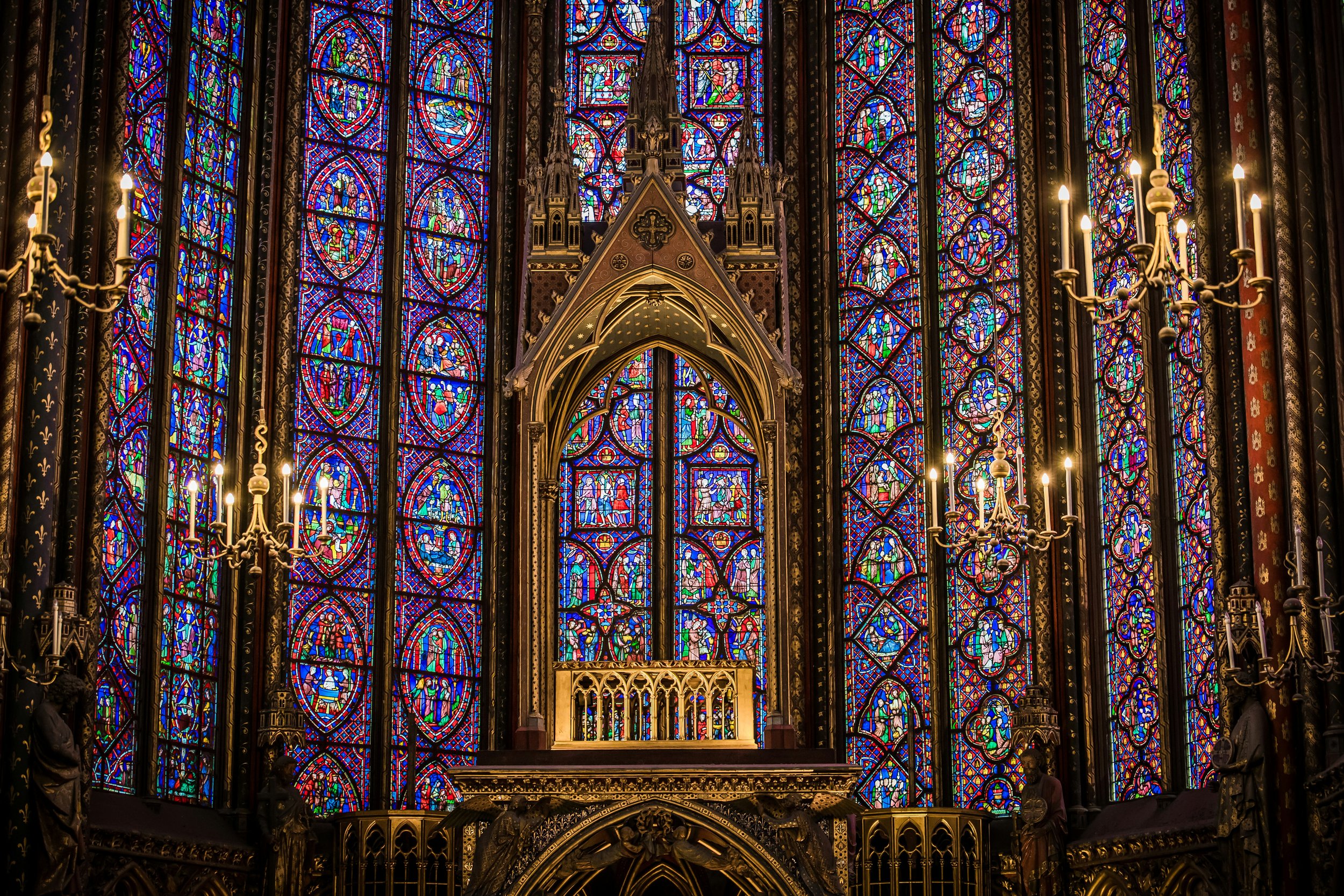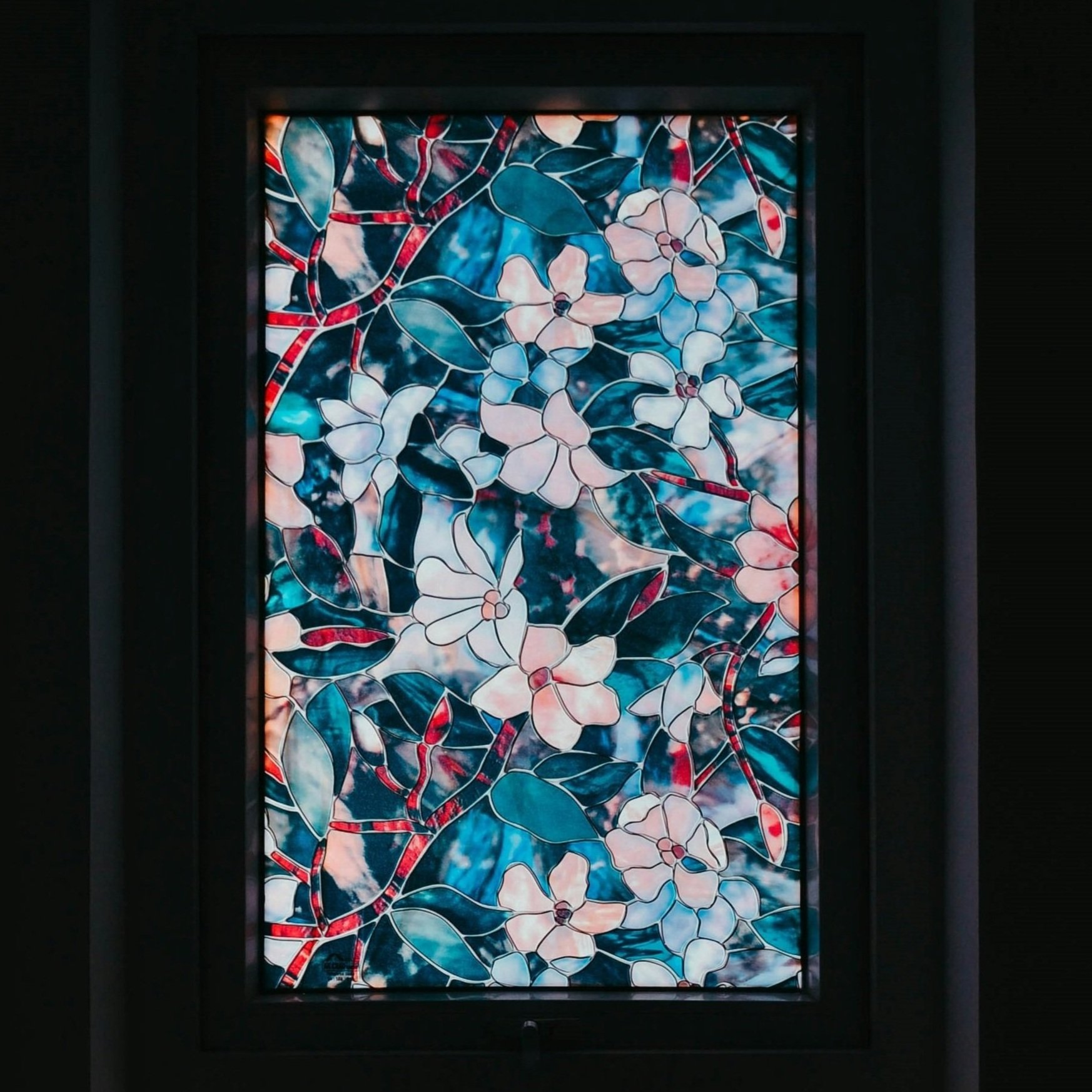Stained Glass and Cultural Influences
Stained glass, with its kaleidoscopic beauty, stands as a testament to the diverse cultural influences that have shaped its intricate designs over the centuries. This blog post takes a captivating journey through time, exploring the profound impact of various cultures on the art of stained glass.
Medieval Marvels: (400 AD – 1400 AD)
The roots of stained glass are firmly embedded in medieval Europe, where cathedrals became canvases for biblical stories depicted in vibrant hues. Gothic architecture embraced the use of pointed arches and elaborate tracery, giving rise to stunning rose windows. These early creations set the stage for the evolution of stained glass across different cultures.
Islamic Intricacies: (600 AD – 1600 AD)
Islamic stained glass, renowned for its geometric precision, evolved during the Islamic Golden Age. Intricate patterns adorned mosques, featuring geometric shapes and Arabic calligraphy. The interplay of light and color created a mesmerizing ambiance, symbolizing the divine beauty of Islamic art.
The Renaissance: (1400 AD -1600 AD)
The Renaissance period witnessed a revival of classical themes and a renewed interest in humanism. Stained glass designs incorporated mythological motifs, heralding a departure from purely religious narratives. Rich, deep colors and detailed scenes adorned palaces and churches, showcasing the fusion of artistic mastery and cultural expression.
Click here to view our selection of breathtaking Renaissance stained glass!
Asian Elegance: (Various Periods)
In Asia, stained glass found its unique expression through traditional techniques such as Chinese lattice windows and Japanese shoji screens. Nature-inspired motifs, delicate landscapes, and vibrant colors became signatures of Asian stained glass, reflecting cultural reverence for harmony and balance.
Tiffany's Innovation: (1848 – 1933)
The turn of the 20th century brought forth a new wave of innovation, led by American artist Louis Comfort Tiffany. Departing from traditional ecclesiastical designs, Tiffany's stained glass embraced nature-inspired themes and vibrant, iridescent glass. The Art Nouveau movement influenced his work, contributing to a shift in the perception of stained glass as a purely religious art form.
View our selection of Tiffany stained glass here.
Contemporary Fusion: (20th Century – Present)
Today, stained glass continues to evolve as artists draw inspiration from a global tapestry of cultures. Contemporary designs often fuse elements from diverse traditions, creating a rich tapestry of artistic expression. Digital technologies enable intricate detailing, and artists experiment with unconventional materials, pushing the boundaries of stained glass art.
View our contemporary inspired designs here.
Stained glass, with its roots deeply entwined in the fabric of cultural evolution, remains a living testament to human creativity. From the grandeur of medieval cathedrals to the delicate elegance of Asian motifs, each culture has woven its unique thread into the intricate tapestry of stained glass. As we gaze upon these masterpieces, we are invited to appreciate the profound influence of diverse cultures on this timeless art form. Visit Stained Glass Inc. for more inspiration and order a piece of historical art today!





